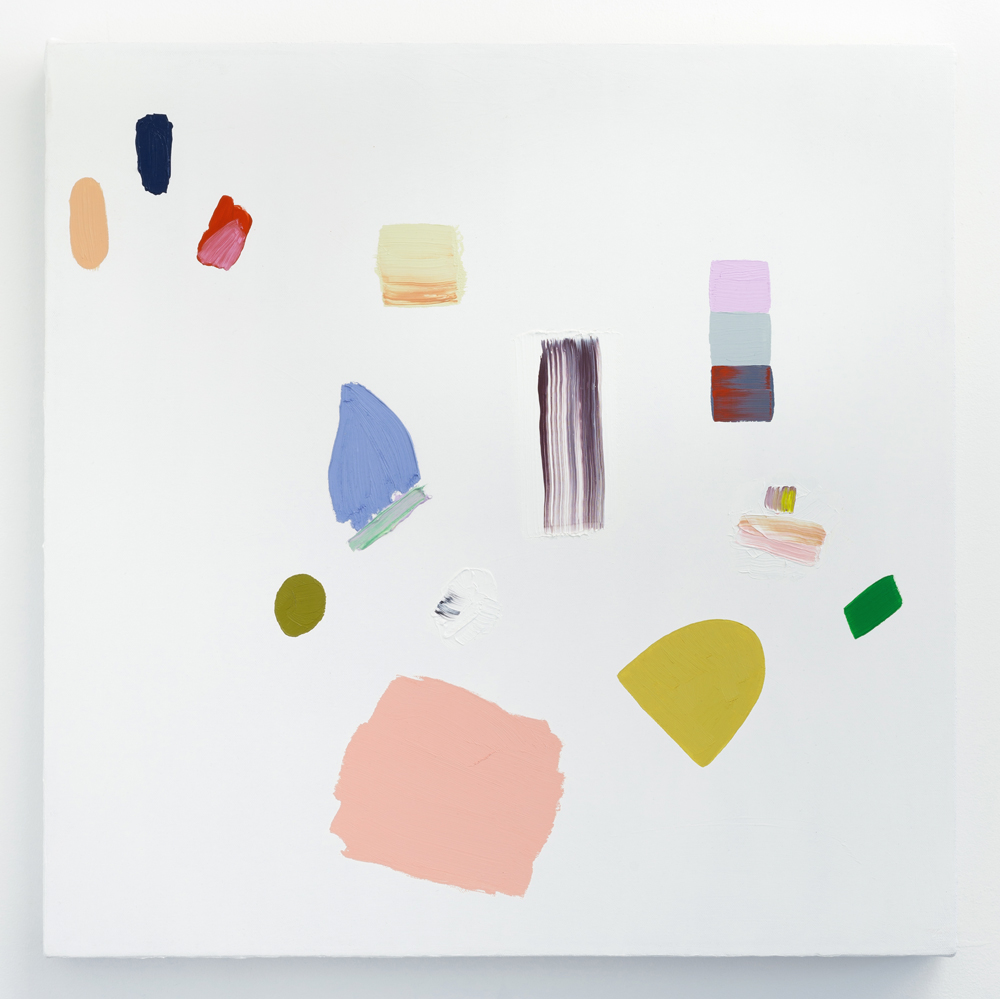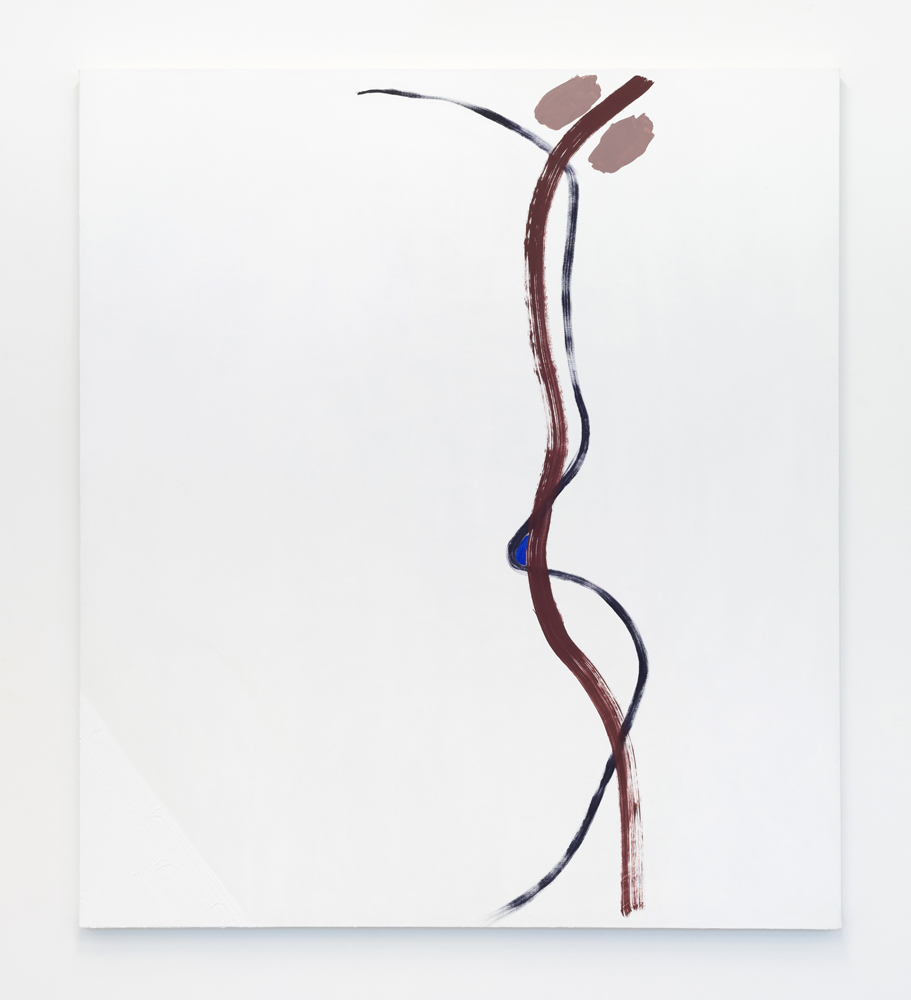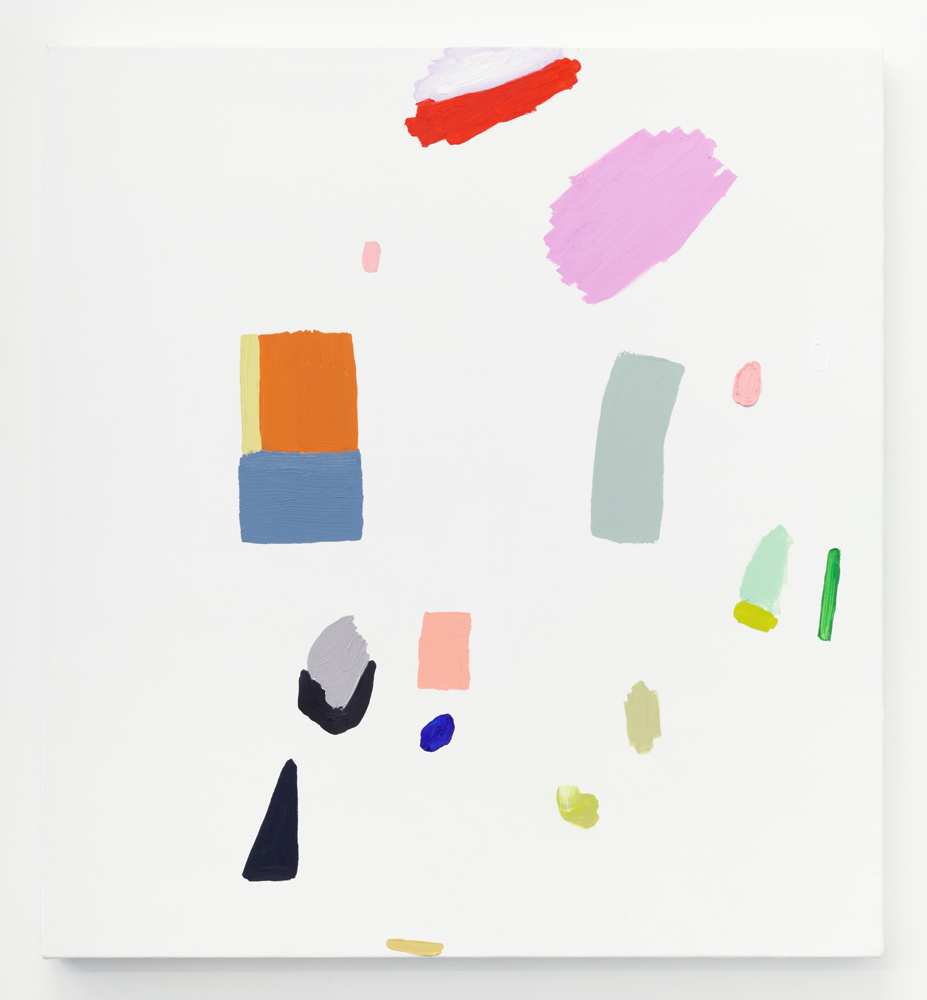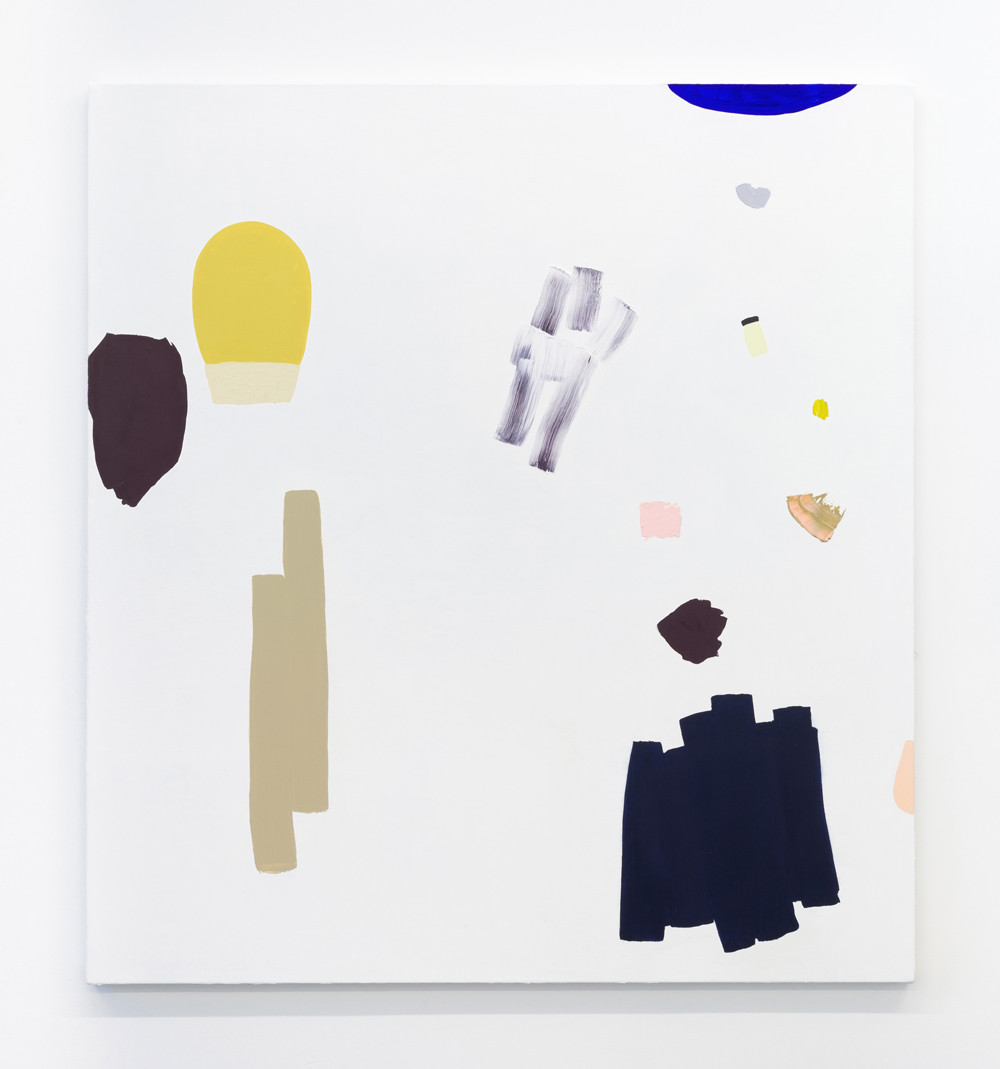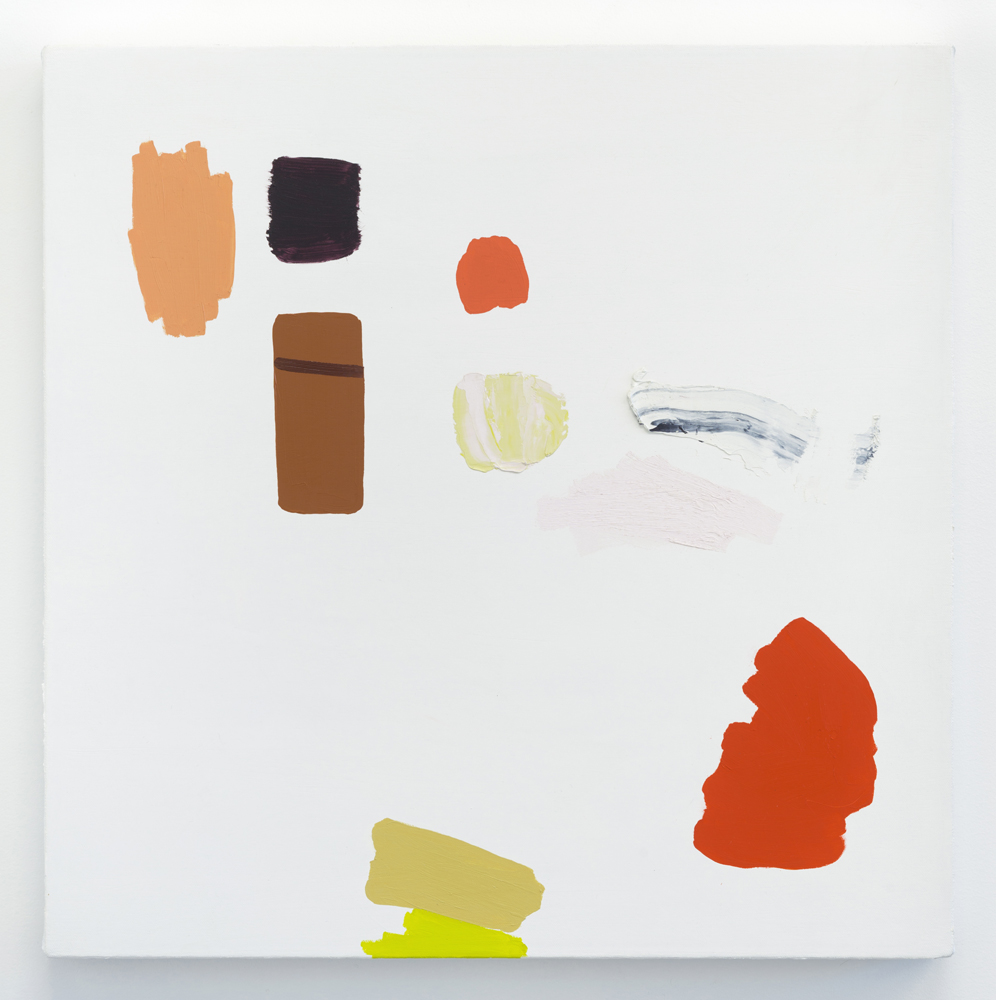The gallery hung salon style for one night only during our Young Collector Event on March 1st
Over the years we’ve had many friends and visitors to Nationale tell us that they are interested in starting an art collection but are unsure of how to start, what to buy, and if they have enough funds to be an art collector. These conversations and THIS insightful article by Jennifer Rabin on collecting local artists (gotta love the headline: "skip the second latte (or fourth beer) and buy a fucking painting"), led us to our inaugural Young Collector Event last week.
Current collectors, budding collectors, and artists, gathered for a lively evening in the gallery featuring work by over 20 artists. This one night salon style installation was meant to provide a survey of the breadth and depth of the work we show at Nationale, and to set the stage for the evenings' conversation.
May (Nationale Owner/Director) started the conversation off by sharing her art collecting journey. She also brought the first piece she ever purchased and the most recent work she collected. Coincidentally, both pieces were purchased from coffee shops, which is a great tip for those collecting on a budget, as many coffee shops show wonderful emerging artists with work available at an affordable price point. Perhaps the main takeaway from May’s story was that art collecting is deeply personal for her. She buys from a very intuitive place; when she has an emotional or even physical reaction to a piece, she knows she must take it home.
Writer, artist, and visual arts enthusiast, Jennifer Rabin, was our guest speaker for the evening. She continued the conversation with Gabi (Nationale’s Assistant Director), sharing her childhood memories of her grandfather’s collection. Jennifer also spoke about her own strategy for collecting, which is to set aside $100 a month towards buying art. Sometimes she spends it on one $100 piece, other times she saves over months to collect something at higher price point. She can do this because many galleries, including Nationale, offer payment plans, easing the financial burden of collecting. Jennifer reminded us of the importance of collecting local artists because it keeps our visual arts community vibrant. With nine galleries closing in Portland last year, it is vitally important that we work together to support our artists and the galleries that show them. Who wants to live in a city with no artists and no galleries?!
The conversation with Jennifer blossomed into a great dialogue with the audience. Among the many thoughtful contributors were: Kirk James, art collector and owner of a local design and branding agency, who spoke about his experience collecting and the importance of visual art in his life; Libby Werbel, curator/founder of Portland Museum of Modern Art, who reflected on how we can bring more people to galleries, especially recent Portland transplants; and Stephanie Chefas, who shared her experience as a fellow gallery owner in Portland.
Thank you to all the artists and friends who attended this inspiring evening! We hope to continue the conversation with more projects and events in the near future. If you are interested in being involved please email us at info@nationale.us. Also, we encourage any budding collectors to sign up for Jennifer Rabin’s innovative new program, Art Passport PDX, which gives you a great excuse to visit eight galleries in Portland (including Nationale) and enter to win $1600 to spend on art. Sign up on their website HERE. Pick up your passport at the launch party on Thursday, March 16 (6–8 p.m.) at Blue Sky Gallery (122 NW 8th Avenue). If you can’t make it to the launch, come by Nationale any day after the 16th to pick up a passport!




















